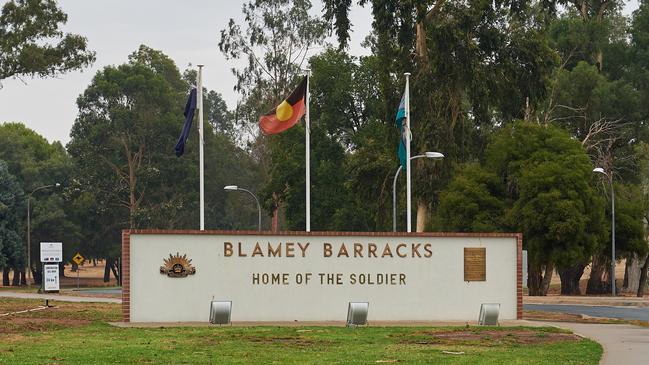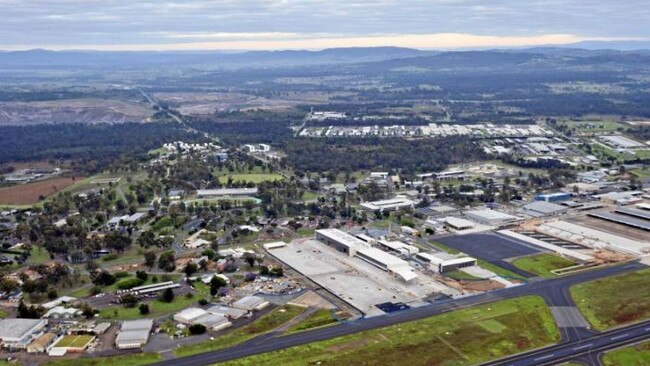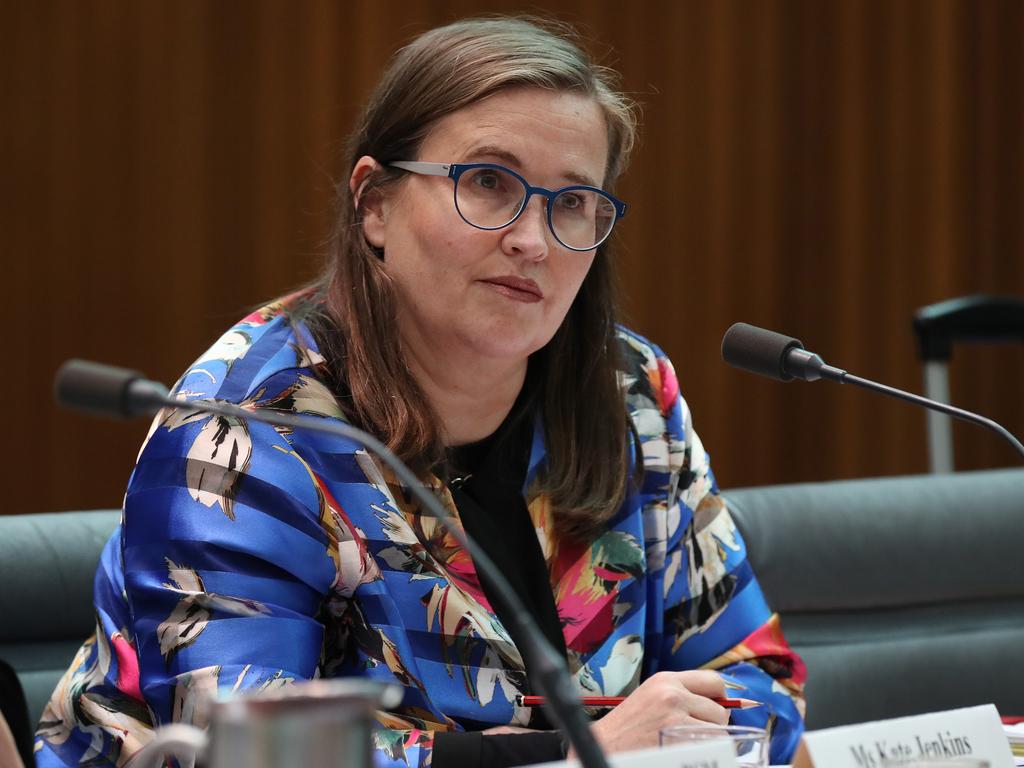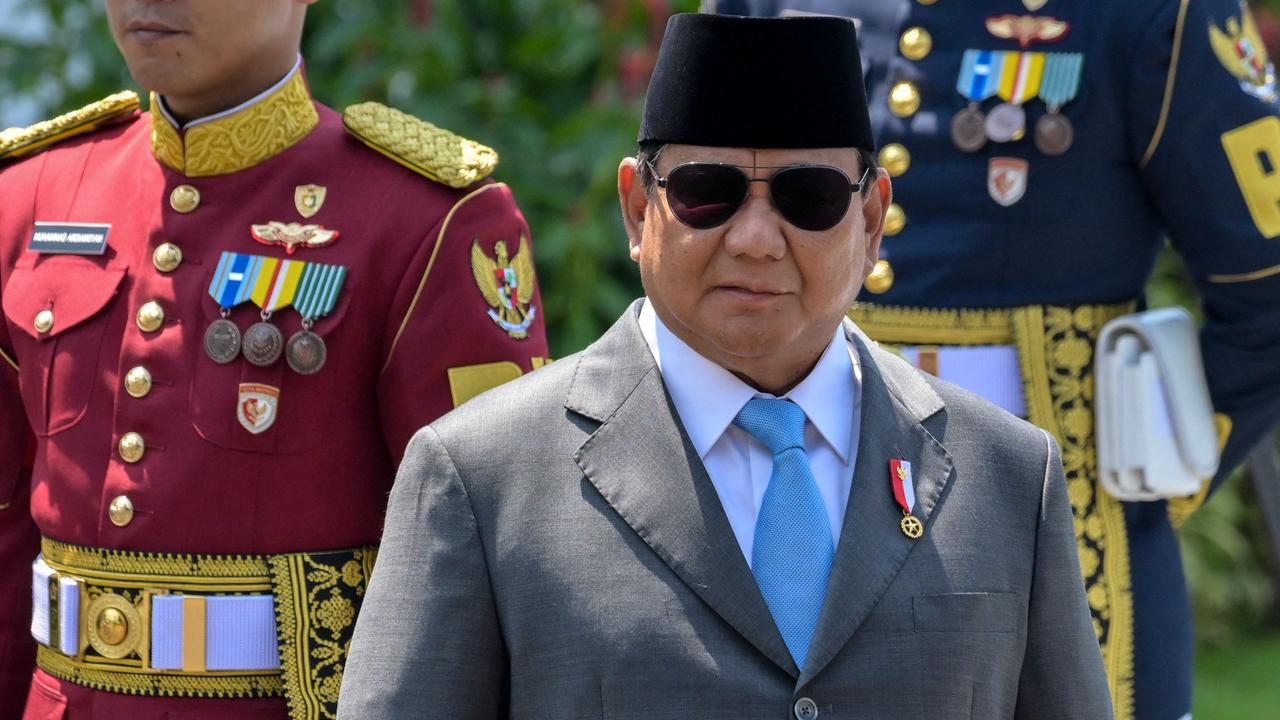Australian Defence Force historic sex and abuse cases surge past 1500
More than 1500 cases reporting historic sexual and physical abuse inside the Australian Defence Force have been lodged with the Commonwealth Ombudsman.

More than 1500 cases reporting historic sexual and physical abuse inside the Australian Defence Force have been lodged with the Commonwealth Ombudsman, as complaints surge ahead of the government’s special reparation scheme ending next year.
New data has revealed that the top 10 sites where abuse has been reported is led by the HMAS Leeuwin base in Fremantle, Kapooka Army Recruit Centre, HMAS Cerberus training base, Balcombe Barracks and RAAF Base Wagga.
RAAF Base Amberley has entered the top locations where abuse and bullying has been reported, with the number of complaints across all sites increasing by 307 between January and June this year.
The Ombudsman’s office, which is working through a backlog of 422 reports, said most cases of abuse related to “conduct and behaviour that occurred many years ago”.
“Of the total 1601 reports received, only 4 per cent of reports relate to abuse alleged to have occurred after June 30, 2014,” it said.
“The recent growth in reports of abuse could be in part due to knowledge of the scheme and also awareness of the end of the scheme on June 30, 2021.”
Since the Ombudsman’s office was tasked in late 2016 with receiving reports of contemporary and historical abuse within Defence, 1179 cases have been processed.
Under the Defence administrative access scheme, current and former ADF personnel can access up to $45,000 in reparation payments for the most serious forms of abuse.
Payments of up to $20,000 have been made for abuse involving unlawful interference, accompanied by indecency.
The Ombudsman can also recommend an extra payment of $5000 if it is satisfied Defence did not respond appropriately to reports of abuse.
Since the reparation framework was introduced, 788 payment recommendations have been made to Defence. As at June 30, Defence had accepted 767 recommendations, totalling more than $31.6m.

A Restorative Engagement Program has been set-up to allow a “reportee to tell their personal story of abuse to a senior representative from Defence in a private, facilitated meeting”.
The Royal Commission into Institutional Responses to Child Sexual Abuse published a report in 2017 that found that abuse of recruits at the Leeuwin base, where 397 reports have been made to date, had been widespread.
Between 1960 and 1984, when it was closed to junior recruits, Leeuwin accommodated and trained 13,000 boys aged 15 or 16.
“All survivor witnesses gave evidence that, as the ‘new grubs’ at Leeuwin between 1967 and 1971, when they were 15 or 16 years old, they were sexually and physically abused by more senior recruits,” the report said.
Junior recruits who experienced child sexual abuse at Leeuwin did not report their experiences for fear of retribution and being labelled a “dobber”, while some were dishonourably discharged or threatened with dishonourable discharge.
“The impacts of the abuse have been lifelong and severe. They include physical injury, mental illness, suicide attempts, alcohol abuse and broken relationships,” the commission’s report said.
A report published by the Ombudsman in July said while most cases it had received were linked with historic abuse, “we continue to receive some recent reports of unacceptable workplace behaviour and abuse”.
It urged Defence to implement a greater focus on recruitment facilities, better assessment of training instructors and improving systemic issues related to unacceptable behaviour and culture.







